Disclosure: This article contains affiliate links. We may earn a commission from purchases at no extra cost to you, which helps our travel content.
When most people think of winter getaways, they envision tropical beaches and umbrella drinks. But for those of us who embrace the exhilaration of sub-zero adventures, Timmins, Ontario is a data point worth plotting on your travel map. Located about 680 kilometers north of Toronto, this former gold mining hub transforms into a technological playground for winter enthusiasts when temperatures drop. Having grown up splitting my time between sunny Los Angeles and my mother's Korean family traditions, I've developed a unique appreciation for how different cultures adapt to extreme environments—and the tech they develop to thrive in them.
Snowmobiling: Network Engineering on Ice
Timmins boasts over 440 kilometers of meticulously maintained snowmobile trails—essentially a physical network topology that would make any IT professional appreciate its elegant design. The Polar Bear Riders Snowmobile Club manages this impressive infrastructure with precision that rivals any network operations center I've worked in.
During my week in Timmins, I rented a 2023 Ski-Doo Renegade from Northern Wilderness Outfitters. Pro tip: these machines now come equipped with heated handgrips, GPS navigation, and even Bluetooth connectivity—allowing me to log ride data while streaming my carefully curated winter playlist. The heated insoles I packed were absolutely essential; they kept my extremities functioning while temperatures plummeted to -30°C.
The trails connect like a well-designed mesh network, with primary routes (trunk lines, if you will) branching into secondary paths that lead to frozen lakes, dense forests, and remote wilderness cabins. My favorite route was the A103, which connects to the Ontario Federation of Snowmobile Clubs' provincial trail system—essentially the backbone of winter transportation in this region.
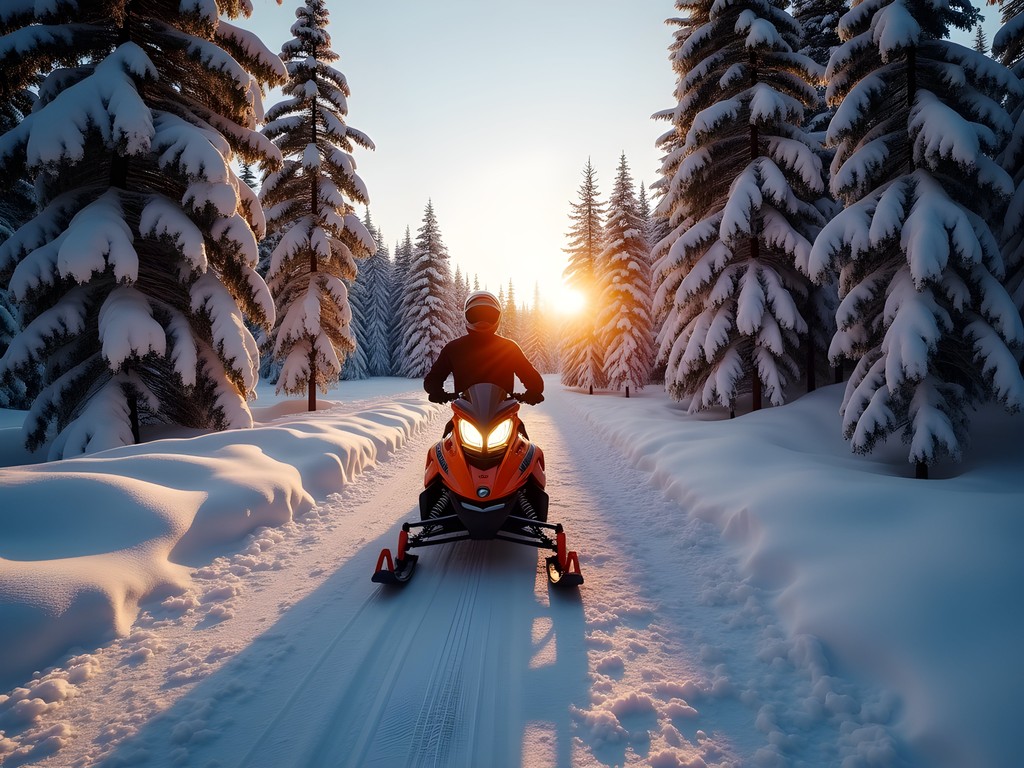
💡 Pro Tips
- Download the OFSC Interactive Trail Guide app before your trip—it works offline when cell service inevitably disappears
- Pack extra power banks in internal pockets (body heat keeps them functioning longer)
- Rent a sled with the SHOT starting system—no pull cord means no removing gloves in frigid temperatures
Ice Fishing: The Original Remote Work Setup
Ice fishing in Timmins is essentially the original remote work setup—isolated, requiring specialized equipment, and demanding both patience and technical expertise. I booked a guided expedition with Wild Exodus to Kamiskotia Lake, where the walleye and northern pike populations thrive beneath 3+ feet of ice.
The technological evolution of ice fishing fascinated my engineer brain. Modern portable shelters deploy like pop-up network closets, while fish finders use sonar technology to visualize what's happening beneath the ice in real-time. My guide, Frank, a third-generation Timmins local, paired traditional knowledge with modern tech in a way that perfectly bridged the analog-digital divide.
While drilling through ice with a power auger (significantly more efficient than manual options), Frank explained how climate change has affected ice formation patterns over his lifetime—data points that no weather app could provide. We set up a portable propane heater inside our shelter, creating a microclimate that allowed me to shed layers while temperatures outside remained firmly below -20°C.
After four hours of fishing, our group had caught seven walleye and two pike—all carefully measured, photographed for my data collection, and released back through the ice.
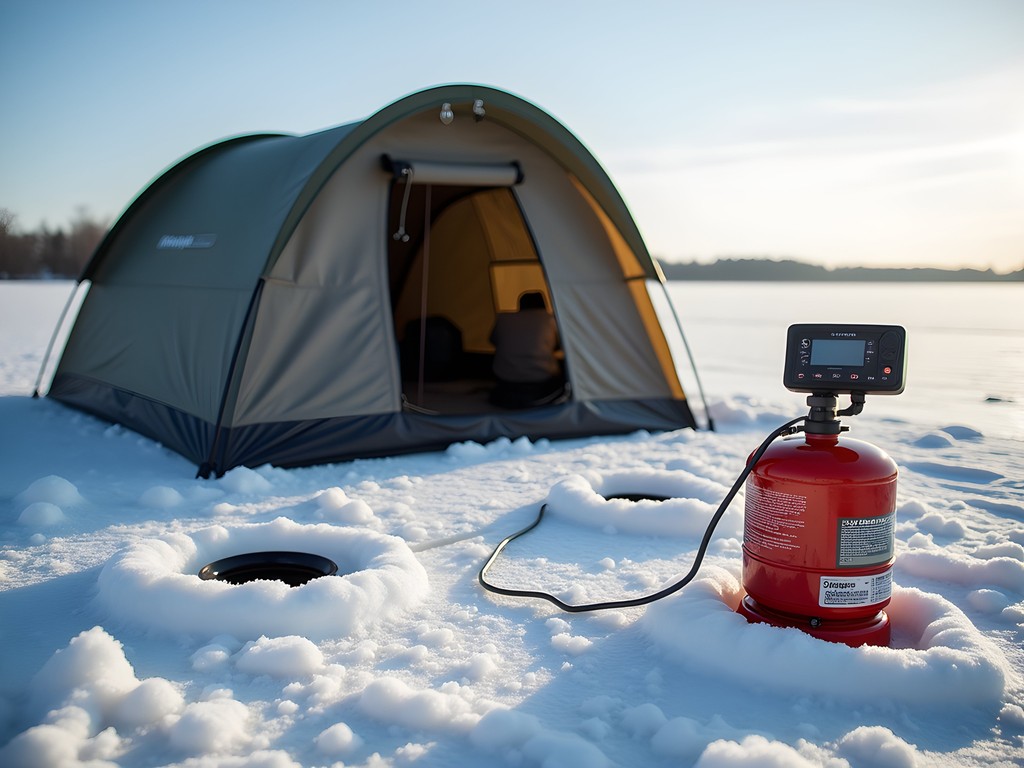
💡 Pro Tips
- Layer strategically: merino wool base, mid insulation layer, waterproof outer shell
- Bring hand warmers for your pockets AND camera batteries
- Pack high-calorie snacks—your body burns significantly more calories in extreme cold
Northern Lights: Nature's Ultimate Display Technology
As a network engineer who spends hours staring at screens, witnessing the aurora borealis above Timmins was a humbling reminder that nature created the original immersive display technology. The Northern Ontario region sits under the auroral oval, making it prime territory for this atmospheric phenomenon.
During my week in Timmins, I used the aurora forecast app to track KP-index values and solar activity. When conditions showed high potential on my third night, I joined a small group from Northern Star Expeditions who transported us to Cedar Meadows Resort's wilderness property—far enough from city light pollution to optimize viewing conditions.
Capturing this phenomenon required specialized gear. My tripod with cold-weather grips prevented equipment slippage on icy surfaces, while my phone's night mode capabilities were pushed to their limits. Our guide provided rechargeable hand warmers that doubled as emergency power banks—an elegant dual-purpose solution for cold weather photography.
The technical explanation for the northern lights involves charged solar particles interacting with our atmosphere, but the experience transcends scientific understanding. As waves of green and purple danced across the sky, I found myself thinking of my Korean grandmother's stories about the night sky spirits—a beautiful intersection of my heritage and my scientific mindset.
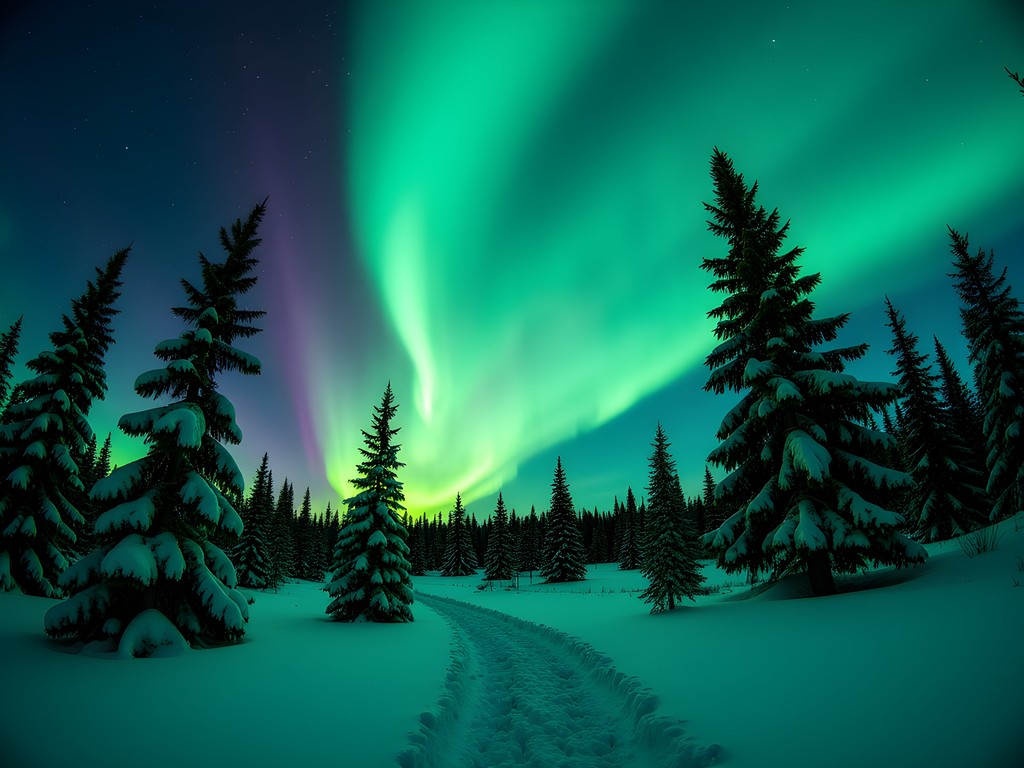
💡 Pro Tips
- Use apps like My Aurora Forecast to predict activity levels
- Set camera exposure between 5-15 seconds for best aurora capture
- Bring a thermos of hot chocolate with peppermint schnapps—trust me on this one
Cultural Intersections: Mining Heritage Meets Winter Innovation
What fascinated me most about Timmins was the cultural intersection between its gold mining heritage and modern winter innovation. The Timmins Museum: National Exhibition Center offers a surprisingly tech-forward exploration of how mining shaped this region, with interactive displays showing how early technological innovations created the foundation for today's community.
As someone with mixed heritage who's always looking for cultural connections, I appreciated how the museum highlighted Indigenous winter survival techniques alongside industrial developments. The Ojibway and Cree nations developed sophisticated methods for thriving in extreme environments long before European settlement—traditional snowshoes that inspired modern designs, ice fishing techniques that remain relevant, and natural navigation systems that predate GPS by centuries.
For a deeper dive into this cultural fusion, I visited the Cedar Meadows Resort's wilderness tour, where guides demonstrate how traditional knowledge and modern technology complement each other. Their winter survival kit combines heritage techniques with contemporary gear—a perfect metaphor for Timmins itself.
The evening dinner at Full Beard Brewing showcased another cultural intersection—traditional Canadian comfort foods reimagined with modern culinary techniques. Their venison stew paired with craft beer brewed using local ingredients created a perfect algorithmic match of flavors that warmed me from the inside out after a day in sub-zero temperatures.
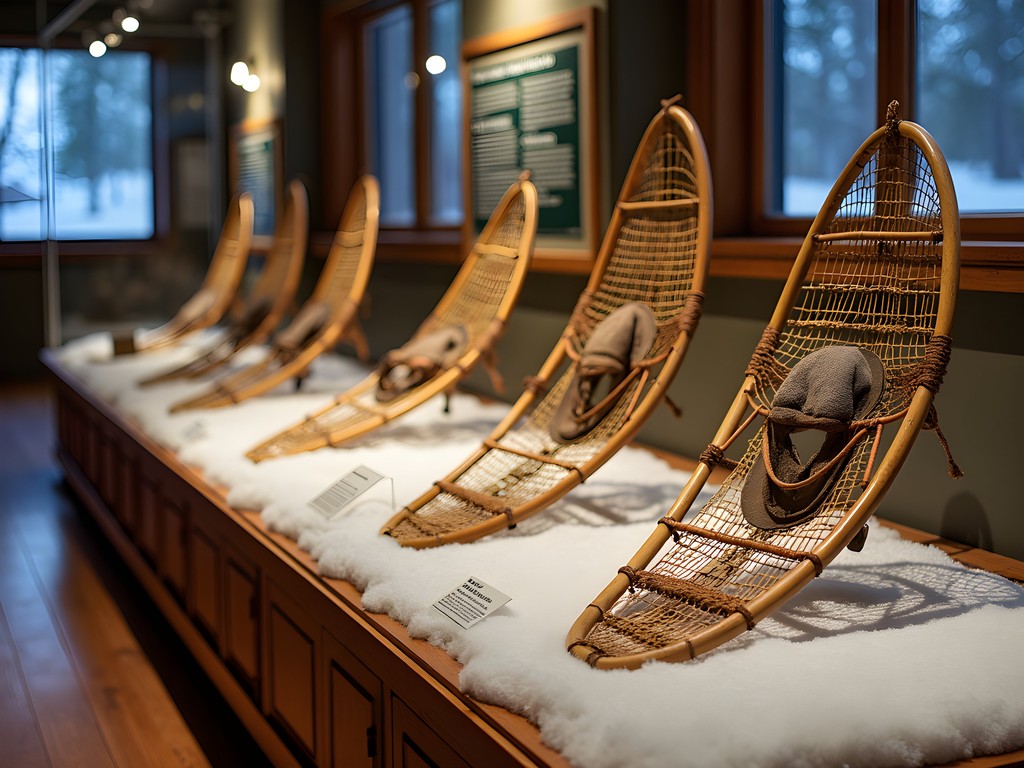
💡 Pro Tips
- Visit the Timmins Museum on Wednesdays for free admission and guided tours
- Book the Indigenous cultural experience at Cedar Meadows at least 3 days in advance
- Try the seasonal flight at Full Beard Brewing—it changes based on available local ingredients
Final Thoughts
Timmins represents a perfect test case for how humans adapt to extreme environments using both ancestral knowledge and cutting-edge technology. As climate patterns shift globally, these northern communities offer valuable data points on resilience and innovation that we should all study carefully. The experience of racing across frozen lakes on a snowmobile, drilling through three feet of ice to connect with aquatic life below, and witnessing the electromagnetic symphony of the northern lights creates a full-sensory immersion that no VR system could ever replicate (trust me, I've tested many).
While this northern Ontario gem might not appear on typical travel algorithms, it deserves a prime spot in your winter adventure database. Just remember that in Timmins, the most reliable connections aren't Wi-Fi signals but the ones you forge with the natural world and the communities that have thrived here for generations. Pack your thermal layers, charge your batteries (literal and metaphorical), and prepare for a winter experience where the only thing that might crash is your previous understanding of cold weather adventure.
✨ Key Takeaways
- Timmins offers world-class snowmobiling with over 440km of maintained trails suitable for all experience levels
- Plan for extreme temperatures (-20°C to -30°C) with appropriate technical gear and emergency backups
- The cultural intersection of Indigenous knowledge and modern technology creates a unique winter adventure experience
- Northern lights viewing requires patience and planning but delivers an unparalleled natural spectacle
- Local guides provide essential context and safety in this challenging environment—don't attempt these activities solo if you're unfamiliar with extreme winter conditions
📋 Practical Information
Best Time to Visit
January to March (peak winter conditions)
Budget Estimate
$2,000-$3,500 for one week including accommodations, equipment rentals, and guided experiences
Recommended Duration
5-7 days minimum to experience all activities
Difficulty Level
Challenging (Requires Cold Weather Experience And Moderate Physical Fitness)

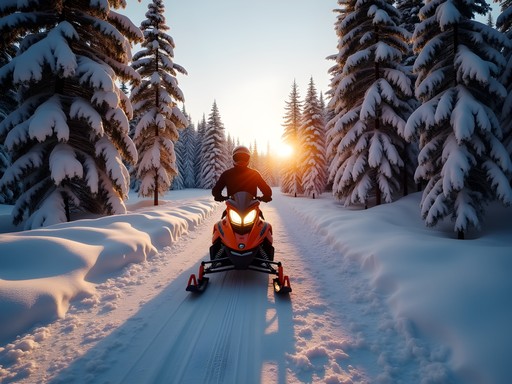

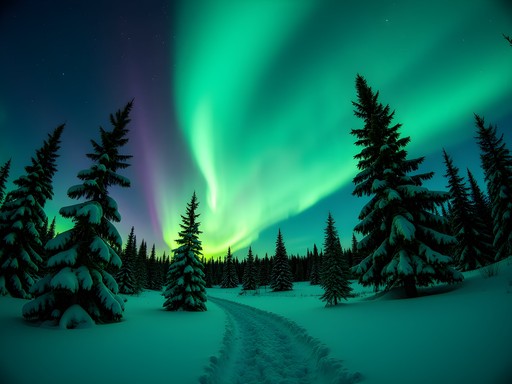
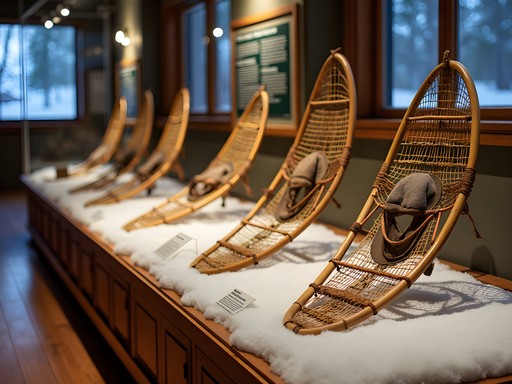



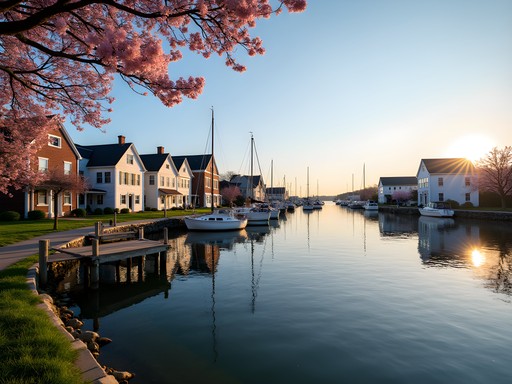






Comments
wildblogger
I did the ice fishing experience last winter and it was incredible! We caught a few walleye and the guide cooked them right there on a portable stove. Something magical about eating fresh fish while sitting on a frozen lake. The heated huts make it so much more comfortable than I expected.
skywalker
Did you need to bring your own fishing gear or was it provided?
wildblogger
Everything was provided! Just bring warm clothes and maybe a thermos of coffee or hot chocolate.
Venture X
Premium card with 2X miles, $300 travel credit, Priority Pass